Prague Tourism Information
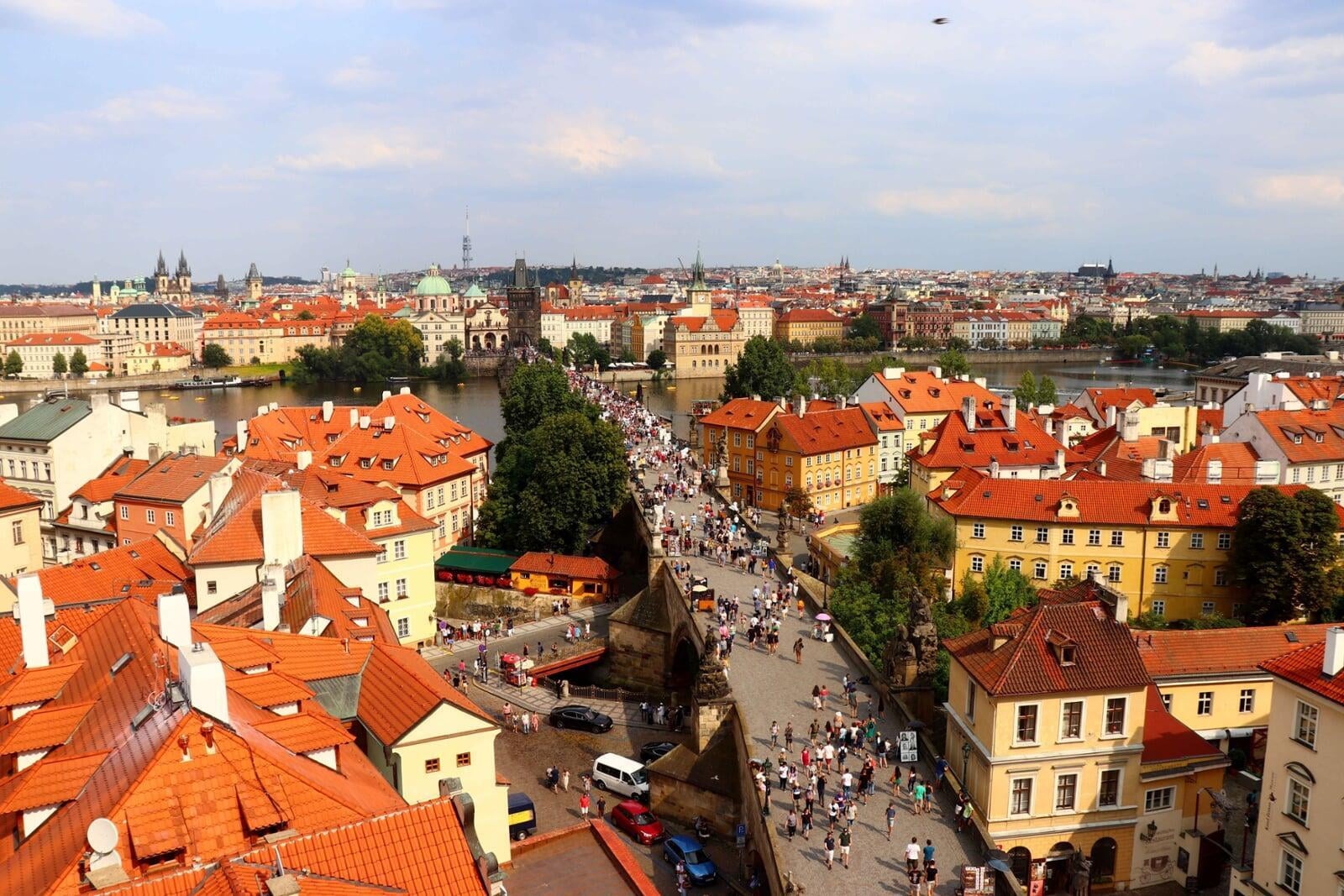
This medieval city is one of Europe's jewels, and has so much history, architecture and beauty behind it, that's it's hard not to feel something special when walking down it's stone cobbled streets, admiring its impressive buildings, bridges and sights to take in all the city has can offer. In addition, it's voted as one of Europe's most romantic getaways cities, appealing to honeymoon couples, who come to Prague to celebrate. It offers a wide range of restaurants, from modern and elegant establishments to themed restaurants offering a true medieval dining experience with candles and wooden plates and cutlery! Prague has an appeal for many types of tourists, it combines history and culture with outdoor activities, eco-tourism and adventure. For sure the city won't disappoint you and you can find a wide range of things to do, unless you want to just relax in the many quaint cafes spread around the whole city or walk in the pretty medieval old town.
Prague is known to suffer from weather extremes, with freezing winters and uncomfortably hot weather in the summer. Typically the best time of the year to visit Prague is from mid Spring (April) and from September to November, when the weather is more pleasant and the climate mild.
During the WInter, the harsh climate can be a little too chilly for some and a number of attractions and palaces may become closed. Whilst daytime temperatures in January, February and March stay at or below zero, the nights are colder and frosty weather makes the days feel crisp. Much of this weather is directly determined by the mixture of strong continental and oceanic influences
Many locals living in Prague choose to leave the city during the summer months and holiday in the surrounding countryside, escaping the busy tourist season of July and August. The hottest months are usually July and August, when temperatures reaching well above 27-30°C.
Prague is not only a city resembling to a medieval town, but a modern metropolis where you can easily travel to get to your destination by modern and reliable transport modes. The city has a good metro system, tram, rail and busses which interconnect the suburbs and the old town. Also by train and busses it's possible to visit other cities nearby, enabling you to organise day tours out of Prague.
When arriving in Prague from the airport, the best option is to get the Airport Express service which runs into the city centre (AE Bus), it only costs 60CZK (€2.25). It stops at Prague main train station and the trip takes 35 minutes. Alternatively you can take bus 119 or 100 which leaves you in easy access to the metro, Nádraží Veleslavín (metro A) and Zličín (metro B) respectively.Cost is 32CZK (€1.10). In the next few years Prague will have a direct train connecting the city centre which is under development and construction.
The metro in Prague is small when compared to other bigger European cities, but it's undergoing a lot of refurbishment to provide a modern service and reach the suburbs of the city. It has 3 major lines named by letters and colours. Below you can access all the maps including the official transport page where you can download by PDF the transit schematics in Prague.
Prague is a great walking city so it's recommended that you bring comfortable shoes and hit the cobblestones. The main sightseeing areas of Prague are separated by the Vltava River. On the left bank there is the Prague Castle area and Lesser Town. The right bank is home to the Old Town, the Jewish Quarter, and the New Town. Spanning the Vltava River and connecting the Old Town and Lesser Town is the beautiful Charles Bridge.
The highlights of the city are:
- Old Town Square, the heart of Prague historical centre. It has been beautifully restored and it is a good place to start your Prague visit. You will find the Gothic spires of the Týn Church towering over the square and the statue of reformer Jan Hus, and the Astronomical Clock on the Old Town Hall on the opposite side of it. You can climb to the top of the Old Town Hall tower. The view of the square and beyond is spectacular.
- Charles Bridge, (Karlův most) is a 14th century stone bridge linking the two sides of Prague. This magnificent structure, one of the city's finest attractions, is the main pedestrian route connecting the Old Town with the Lesser Town and Prague Castle.From Charles Bridge visitors can enjoy fairy-tale views of Prague. The wide expanse of the Vltava River flows beneath it. The foundation stone was laid in 1357. Charles IV's favourite architect and builder, Peter Parler, oversaw the majority of the work. The initial idea was to build a functional construction for knight tournaments, and for many years the only decoration on the bridge was a simple crucifix. Later, the Catholic desire for ornamentation resulted in 30 statues being erected between 1600 and 1800. There are now 75 statues on Charles Bridge, but most are copies, as floods and catastrophes over the centuries damaged the originals. The entrance to Charles Bridge is marked at both ends by towers: the Old Town Bridge Tower and the Lesser Town Bridge Tower. (see below for more info). Best to visit in the evening or at night to enjoy the magnificent view of the Prague Castle all lit up. Also, at night the crowds will be smaller. Closest tram stop is Staromestska lines 2, 17, 18.
- Lesser Town Bridge Tower is situated at one end of Charles Bridge. The tower was built under the rule of King George of Podebrady in the second half of the 15th century to replace an earlier Romanesque tower. The model for its construction was the Old Town Bridge Tower sited at the other end of Charles Bridge, which was constructed earlier. The Lesser Town Bridge Tower is 43.5m high and is a rare surviving example in Prague of the post-Hussite Gothic style. Connected to the Lesser Town Bridge Tower by a walkway is the smaller Judith's Tower. This is the only remaining part of the original Prague crossing, Judith's Bridge, which was destroyed by floods in 1342, and subsequently replaced by Charles Bridge. Inside the Lesser Town Bridge Tower is an exhibition dedicated to the eventful history of Charles Bridge, and don't miss the panoramic views towards Lesser town and Charles Bridge! (cost 90 CZK). Closest Tram stop is Malostranske namesti, lines 12, 15, 20, 22.
- Old Town Bridge Tower is an impressive Gothic structure guarding one end of Charles Bridge. Work on the tower's construction began shortly after the foundation stone for Charles Bridge was laid in 1357, the tower was completed in 1380. It also served a military purpose, forming part of the fortification system of Prague, built to protect the Old Town against northern invaders. Although partially damaged by the failed attempt of marauding Swedes to occupy the Old Town in 1648. You can climb the 138 steps inside the tower to reach the gallery, for a bird's-eye view over Charles Bridge, the Vltava River and the Old Town. Closest tram stop is Staromestska lines 2, 17, 18.

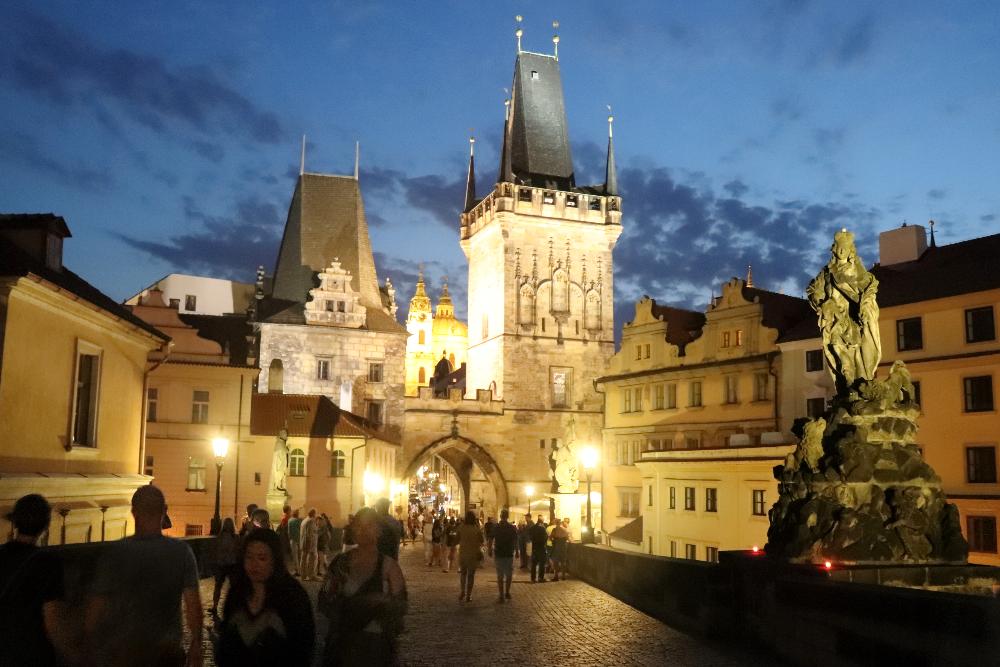
- The Powder Tower (Prašná brána) can trace its origins back to the 11th century, when the original gate tower was one of 13 entrances to Prague's Old Town. Work on the present structure began during the reign of King Vladislav II in 1475 and was modelled on the Old Town Bridge Tower, built a century earlier.Originally known as the New Tower, its name was changed to the Powder Tower in the 18th Century to reflect that fact that from around 1715 onwards it was used to store gunpowder.Today, the Powder Tower houses an exhibition entitled "Prague Towers", you can climb the 186 steps inside the tower to reach the viewing platform at 44m, for views over the Old Town. As with other historically important towers in Prague, the Powder Tower retains an appropriately sooty look that reflects its past. It reminds us of the medieval origins of Prague. Closest tram stop is Náměstí Republiky lines 6,8,15,26,41,91,92,94 and 96.
- Jindrisska Tower (Jindrisska Vez in Czech or Henry's Tower) dates from the late Gothic era. It was constructed in 1472–1476, although has had several rebuilds and alterations since. Following a major fire in 1745, Jindrisska was rebuilt in the Baroque style. Then, in the 1870s it was reconverted back to the Gothic style. Finally, in 2002 extensive reconstruction transformed Jindrisska into a multi-level attraction. Jindrisska is the highest separate belfry in Prague at 66m high and now has ten floors. At the top, visitors can enjoy a panoramic view of Prague's city centre. Closest Tram stop is Jindrisska, lines 2,3,5,6,9,14,24,41.91,92,94,95,96 and 98).
- Jewish Quarter, (Josefov) is not far from Old Town Square.You will find the following sites: the Maisel Synagogue, the Pinkas Synagogue, the Spanish Synagogue, the Old Jewish Cemetery, the Klaus Synagogue, and the Ceremonial Hall. The Old-New Synagogue is the oldest working synagogue in Central Europe. Closest tram stop Staromestska, lines 2, 17, 18.
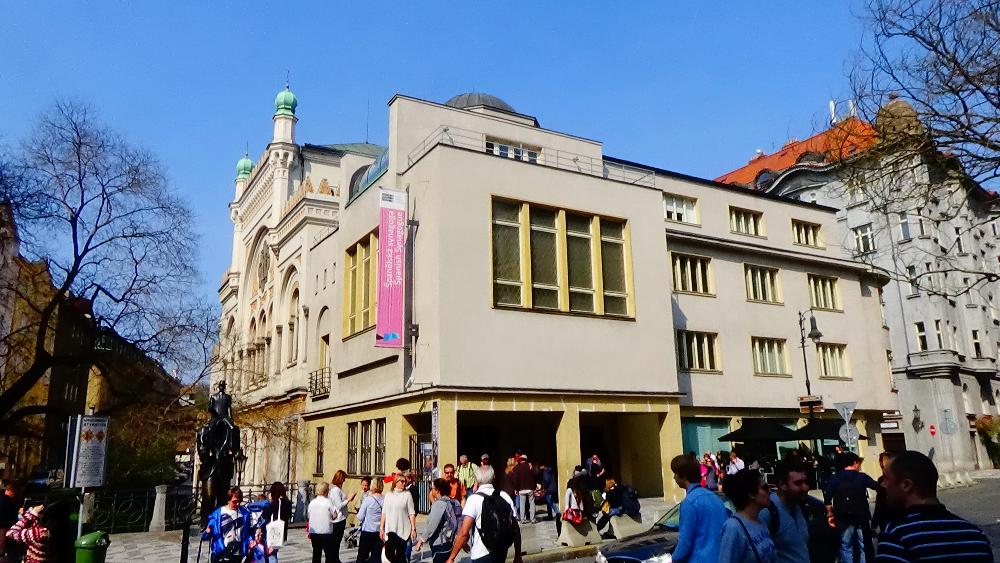
- Petřín Hill and look out tower: Conceived as a mini version of Paris's Eiffel Tower, the Petrin Lookout Tower was built in 1891 for the Jubilee Exhibition.The steel-framework tower is 63.5m tall, but sits at the top of Petrin Hill, which is 318m high giving you a great view of Prague! (cost 150 CZK). Surrounding Petrin Tower are landscaped gardens, including a sizeable rose garden. This is a calm and pleasant area to stroll around at any time of the year, in contrast to the hustle and bustle of the city below (and the views of Prague are still great, even without climbing the tower).
Other attractions at the summit include an observatory (which has a telescope and a museum open to the public), a hall of mirrors, a church, and several cafés. Small entrance fees apply for certain places, but there is no need to pre-book. Also nearby is Strahov Monastery and the Prague Loreto with its beautiful Convent and Library. To reach the Lookout Tower and the other Petrin attractions, you can take the Funicular Railway.(32 CKZ) This departs from Ujezd street in the Lesser Town, near Ujezd tram stop, lines 9, 22, 15, 20.
- Prague Castle, you will not find one single castle on the hill, but a series of buildings, a few churches and hundreds of years of history. Before walking through the castle entrance, walk around to your right for a nice view overlooking Prague. To get there the best idea is to cross Charles Bridge on your way, walk straight up the hill via Nerudova street and you will soon reach the Castle grounds.
✔️Tip: Walk down to Lesser Town, after exploring the castle area, walk through the castle gardens or take the historic Nerudova Street down to Malostranské náměstí, the heart of Lesser Town. Also known as the Lesser or Little Quarter, clusters around the foothills of Prague Castle, with its ancient burgher houses, quaint side streets, St. Nicholas Church and down Karmelitská Street to the Church of Our Lady of Victory (Karmelitská 9) where the world-famous Infant Jesus of Prague is kept.
Around in the cobbled side streets there are small shops to browse, churches to explore and traditional Czech pubs and restaurants to discover; including some with fine views over the river. The Lesser Town is a lovely area to stay in. It is quieter than the Old Town, particularly at night. To wander through the almost deserted, lantern lit streets during the evening is a delight, affording visitors a real sense of olden day Prague.
It's history dates back to the 8th century as a market settlement. In 1257 it was granted it's town status and in 1360-1362 fortifications were built by order of Charles IV. The Lesser Town was devastated twice: first during a battle between the Hussites and the Prague Castle garrison in 1419, and then in the Great Fire of Prague in 1514. The Baroque churches and palaces that give the Lesser Town its main charm date from the 17th and 18th centuries. But there are many considerably older pubs and restaurants still surviving, plenty with ancient cellars and terrific tales attached.
Prague is a compact city, so walking from the Lesser Town to the Old Town or New Town is easy. Reach it by crossing Charles Bridge or take trams to Hellichova, line 5,7,12,15,20,22,23
Other points of interest in Prague which are interesting, but are not as crowded with so many tourists where you can enjoy views and walking in nature are:
- Vyšehrad Castle with its famous cemetery and a beautiful view. (Tram stop Výtoň, No 17,2 and 3).
- Kampa Island, just off of Charles Bridge. Walk through the park and enjoy the view of the bridge and across the river.
- Pražský Metronome, an observation platform and park. In 1991, Vratislav Novák designed and constructed a massive metronome on Letna Hill in Prague. Novák erected a permanent reminder in the area to memorialise the Czech struggles under communism. Although the area is better known for its vibrant beer garden overlooking the river, it's also a meeting point for skaters, students and artistic performers to practice sport, art or simply relax. To get there take tram 17 stop, Chechuv Most. Explore Vinohrady district, known for its Art Nouveau and Neo-Renaissance architecture.
Located at 1 hour from Prague, this enchanting little town, is popular with tourists as it has a unique church made up entirely inside with human skulls and bones. Named Sedlec Ossuary "Bone Church" or Ossuary (in Czech Kostnice). To get there you can go by train to "Kutná Hora hl.n." for only 100 CZK (€3.75). And walk from the station to the "Bone Church" about 1km.
For more information on Kutná Hora please click on the link and see our dedicated page.
When the tourism day comes to an end, the party is just about to begin! Prague's nightlife is excellent, and it offers a wide range of options, from casual pubs and bars, sophisticated lounges, live music venues to big dance clubs. The capital's most popular nightclubs are situated right in the heart of Old Town.
Note that the custom in Prague is to share tables with strangers if things get crowded. Prague has several organised pub crawls that start each night around 9pm. They meet at landmarks like the clock tower, and other central venues around Prague.
The city has also become a popular European stag and hen party destination, further fuelling the already lively club and bar scene. Normally, dance clubs in Prague charge admission fees on Thursdays, Fridays and Saturdays, but are usually free between Sunday and Wednesday.
For a more relaxed evening, the National Marionette Theatre is renowned for performances of Mozart operas. Classical music lovers will enjoy attending some tremendous venues and experiencing wonderful performances.
While shopping in Prague isn't the same like major cities in Europe like London or Paris, many hypermarkets and shopping malls have popped up in recent years, offering an ever-wider selection of products as the memory of communism fades. The growing competition has led to better prices for customers, making shopping in Prague good for budget seekers.
The main shopping area in Prague extends from Wenceslas Square, past Na Prikope and into Republic Square. The Parizska area has some international fashion brand boutiques, while Mala Strana and the Old Town Square are home to small shops and art galleries. The Old Town Square also has a permanent market selling arts, crafts and souvenirs.
There are several shopping malls in Prague, including the upscale Palladium in the centre of the city; Metropole Zlicin, which has cinemas and fast-food eateries near the bus station; and the huge OC Novy Smichov. Local products include crystal ware and accessories, puppets, hand-painted eggs, wooden toys, folk art and memorabilia from the communist era (army surplus hats, knives and badges).
Staying in Prague is expensive if you stay in the city centre, as it's popular for Hotels, restaurants and venues which cater for the public looking for accessible accommodation after nights out in the city. However if you stay a little further out of the city close to a metro station or tram stop you can get good prices at Hotels.
The city itself is not that big so there is never a lot of time to travel around. It's also very popular to stay at hostels around the city is you're more on a budget and also Airbnb for private accommodation. Average rooms are €25 per night.
Visiting Prague is quick and easy. All the main attractions are situated within walking distance. Seeing the city at a quick glance is possible in just a day, but to enjoy some of the many attractions and sights and visit some highlights then a more comfortable stay over 3 to 4 nights would be ideal, with a weekend included for more things taking place (markets and events).
Prague Photo Slide 📷

.JPG_t.jpg)
.JPG_t.jpg)
.JPG_t.jpg)
.JPG_t.jpg)
.JPG_t.jpg)
.JPG_t.jpg)
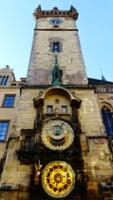
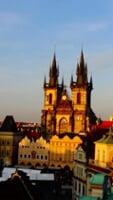
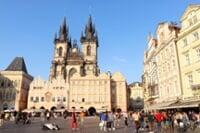
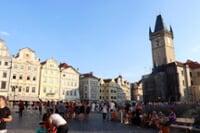
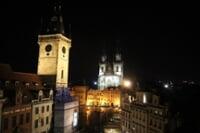
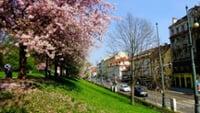
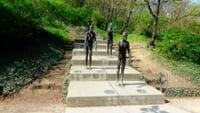
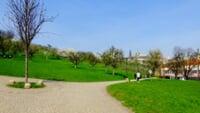
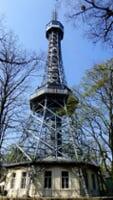
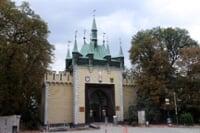
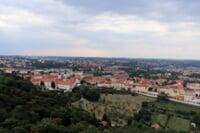
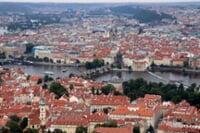
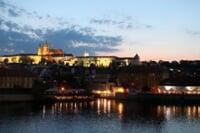
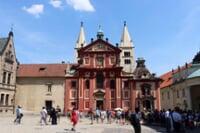
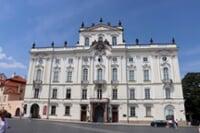
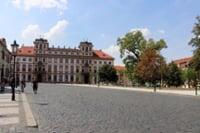
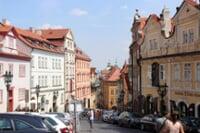
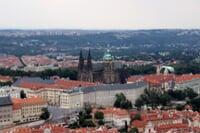
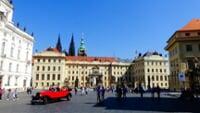
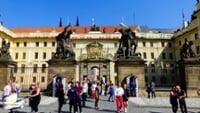
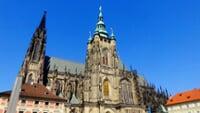
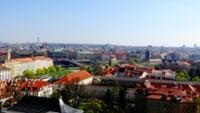
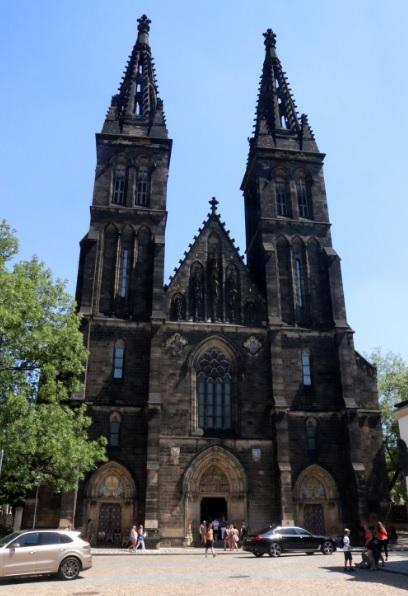
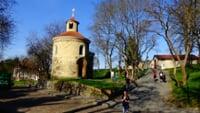
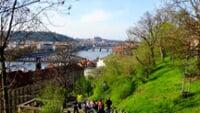
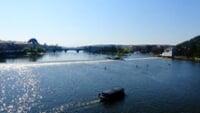
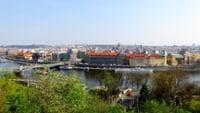
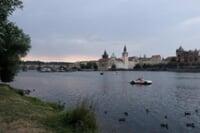
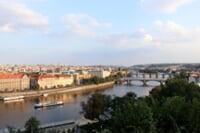
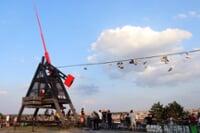
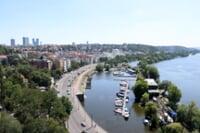
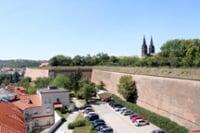
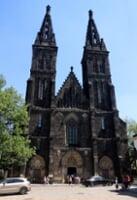




















.png)